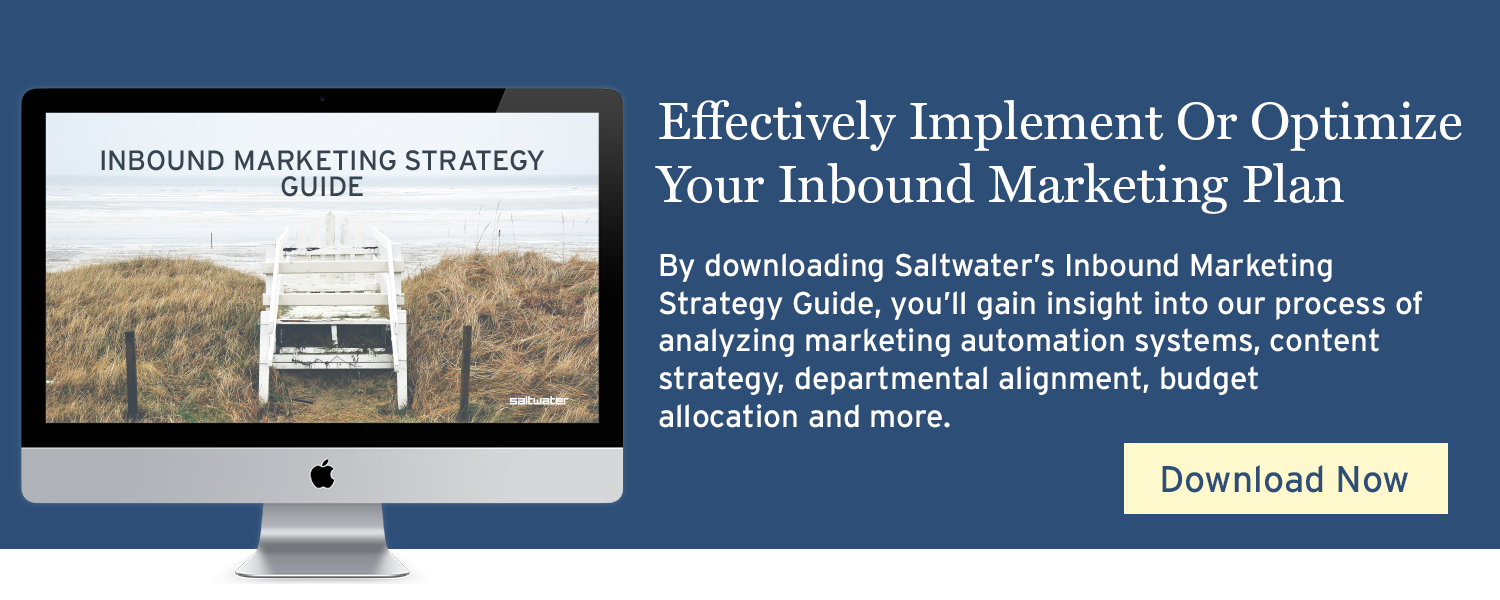NUMBERS DON’T LIE
We marketing types love creating compelling content that is easy on the eyes. Let’s face it, though; if this content doesn’t generate any returns, your CEO won’t care how beautiful it is. Marketing needs to adapt as companies become more data-driven and results-oriented, and part of the answer may be marketing automation.
The modern-day marketer is expected to be both creative and data-driven. Truth is, every decision we make is scrutinized for how it affects business, so it’s important to create compelling content that drives leads and conversions. But — there’s always a “but” — we need to back up our efforts with numbers that prove ROI.
The awesome blog post you just wrote? How many times was it viewed? That eBook you created? How many new leads did that generate for sales? For good content marketing, everything we create needs to engage visitors and encourage them to stay on the site. Once on the site, let’s convert that customer to a lead and identify their business needs to generate a sale. Then, after all is said and done, we must be able to prove our marketing efforts translated to sales.

Marketing automation is a great tool to verify whether a strategy is successful. It allows you to not only automate many of your marketing functions, it enables you to report accurately on your efforts via whichever marketing automation platform (MAP) you’re using.
According to a recent study, automation gives marketers the ability to increase operational efficiency and grow revenue faster. Automation takes the targeted content we have produced and puts it in front of our prospective customers in an engaging and authentic way. It allows us to provide value to our leads, improve conversion rates, drive repeat buyers, and enhance the overall customer experience. All of which can be easily measured using our chosen marketing automation software.
IDC predicts the overall market for automated marketing will grow from $3.2 billion in 2010 to $4.8 billion in 2015, opening up vast opportunities for content marketers to attach metrics to their work. There are three core benefits* marketers can expect by instituting marketing automation in their organization.
- More revenue is sourced from marketing. Companies using automation report 45% of their sales pipeline is sourced from marketing, as opposed to 31% for companies that do not have an automation engine.
- Sales is able to focus more on what they do best—selling. Automation enables sales to spend 62% of their time selling. In those organizations not using automation, sales is able to spend only 51% of their time selling.
- Increased revenue attainment. Automation increases marketing’s efficiency, allowing more time to focus on creating great content. 84% of companies with an automation engine consistently hit their revenue goals, while only 67% of companies without automation do.
What does all of this mean for your compelling content? Marketing automation adds value to our marketing content and proves its value. Automation tracks a customer’s journey from their first interaction with a brand to their last.
And, what does it mean for you and your marketing department? The ability to work faster, save money and increase ROI.
*Statistics for these three core benefits pulled from Marketo’s 2012 report, “Marketo Benchmark on Revenue.”
